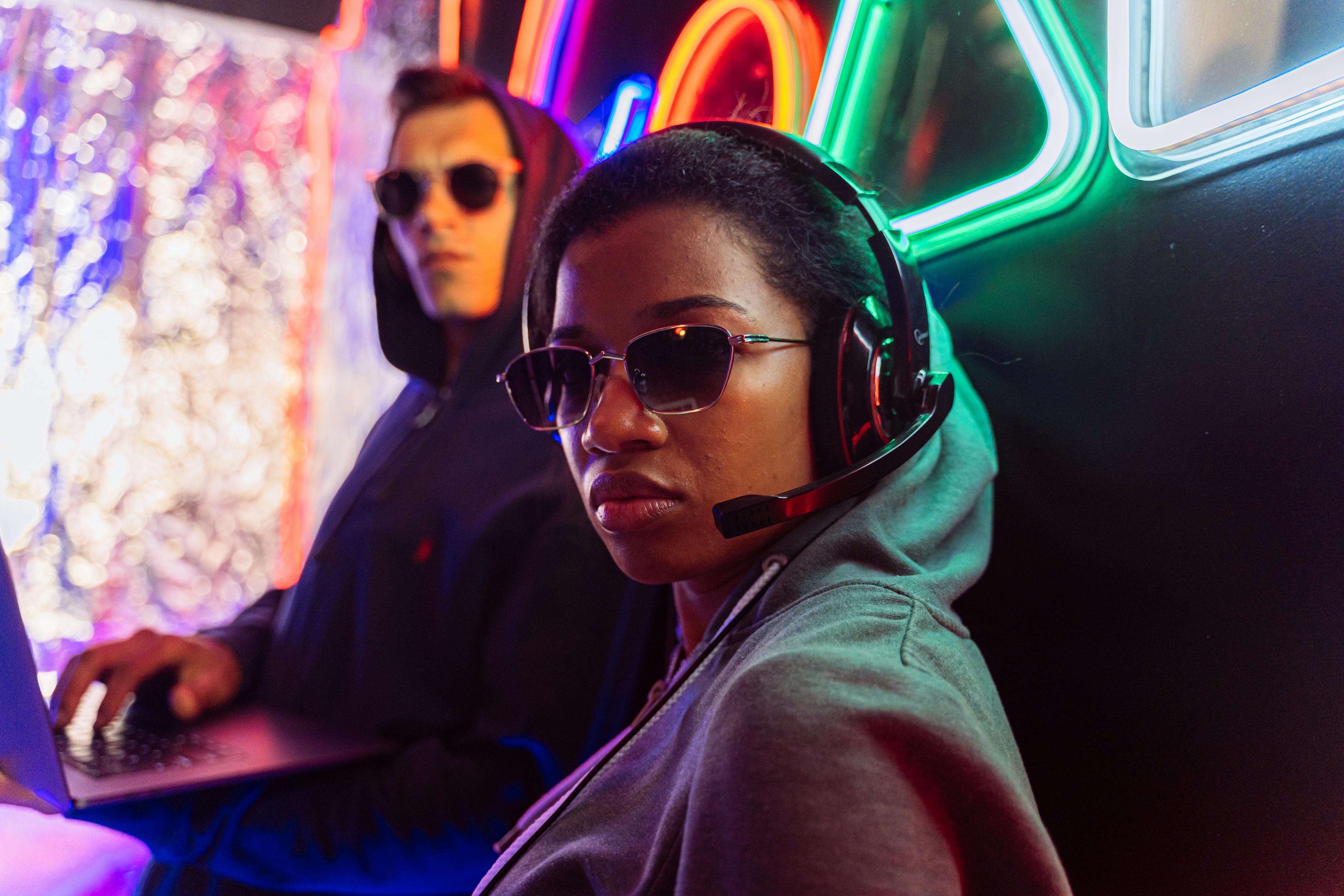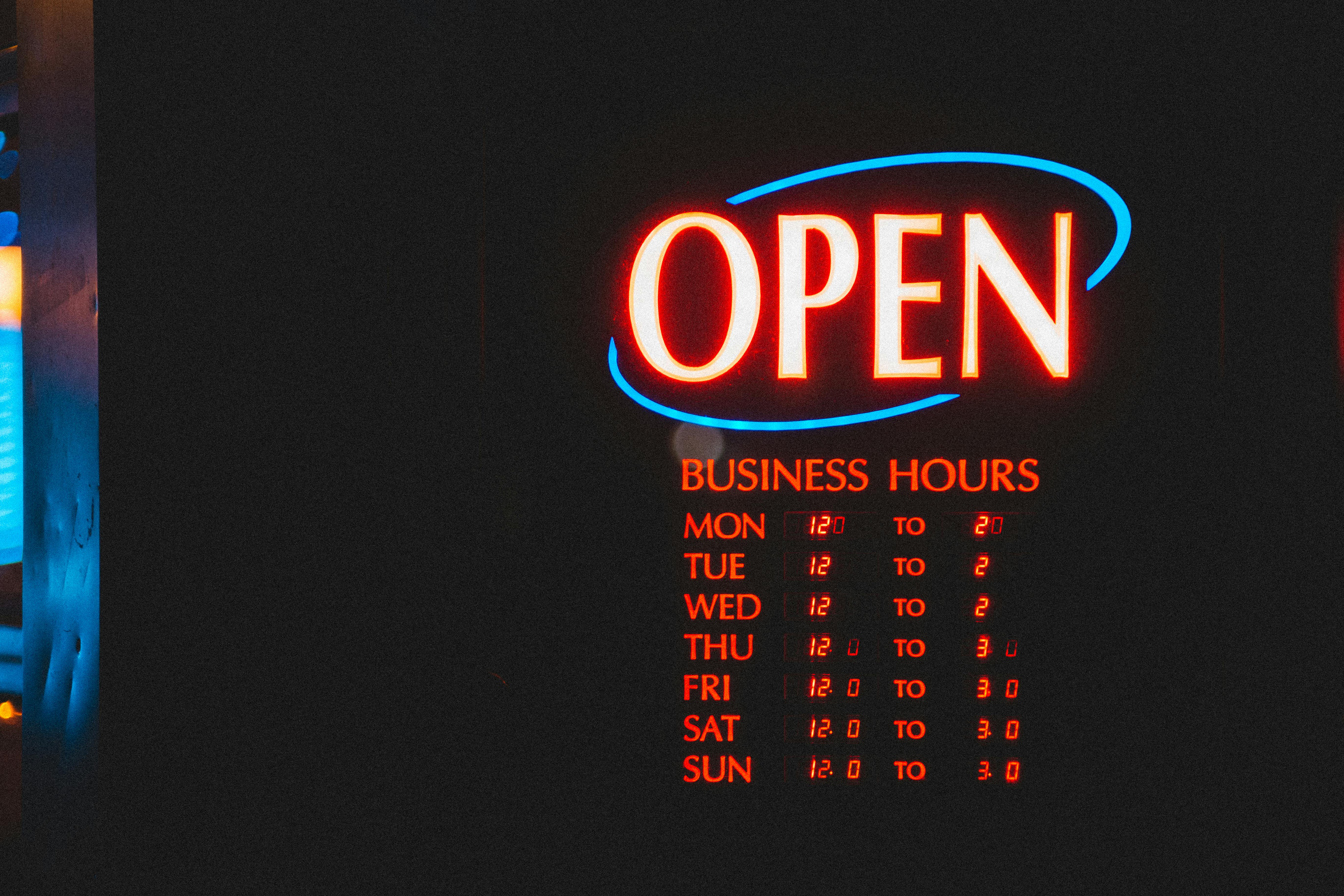Copyrights, patents, trademarks, and trade secrets are ways that people can protect their intellectual property. However, there are key differences in each of the protection instruments with respect to exactly what they protect.
One of the most used tools in intellectual property cases is Copyright. According to the government’s copyright office, it protects “original works of authorship, including literary, dramatic, musical, and artistic works, such as poetry, novels, movies, songs, computer software, and architecture.” However, it does not protect “…facts, ideas, systems, or methods of operation.” In simple terms, most of the time you will see a “C” inside a circle (representing copyright) in a book, on a CD, in video games and even in game scripts.
This form of copyright law is designed to safeguard the creator. Consumers like you could be at risk of copyright infringement without even knowing it. For this reason, it is good to read about how to follow the rules when it comes to using the © stamped work. It is important to note that even if a work does not state the copyright symbol, it may still be protected by law. legal zoom describes the idea behind copyright by writing, “the author or creator owns the rights to the work and can decide if and how others use their creation.” It is especially illegal if you use someone’s copyrighted work for profit or commercial purposes. legal zoom it also lists some examples of copyright infringement that may seem harmless to consumers, but are actually illegal.
-
Downloading movies and music without proper payment for their use
-
Film shooting in the theater.
-
Using other people’s photos for a blog without permission
-
Copy software without giving proper credit
-
Create videos with music clips without a license
-
Copy books, blogs or podcasts without permission
-
Anything where you are copying someone else’s original work without an agreement
If you’ve ever scrolled through YouTube, you’ve probably come across an amateur singer performing a cover of a well-known song. If that hobbyist artist didn’t get permission from the original composer, it’s technically a copyright infringement. Will a big celebrity sue over a singer’s video with 10 views? Probably not, but technically it could. Large companies sometimes employ software that can troll the Internet for the primary purpose of looking for copyright infringement cases, so taking the risk is not a good idea.
To avoid copyright infringement entirely, you need to be concerned with how you’re using an artistic expression that you didn’t create. Regardless of whether you see the copyright symbol or not, you should always assume that the owner will take legal action against you if you freely use their work without permission or credit.
Some artists or writers are actually more than willing to share their work with the world, but educate yourself on this first. These types of agreements come in the form of licences, which allow consumers to use the work with specific regulations and stipulations attached.
If you’re using the work for educational purposes, you don’t need to stay up at night worrying about the image you used in your slideshow last week. There is an exception called “fair use”, which allows for what would normally be infringement if the use was for a non-commercial reason.



